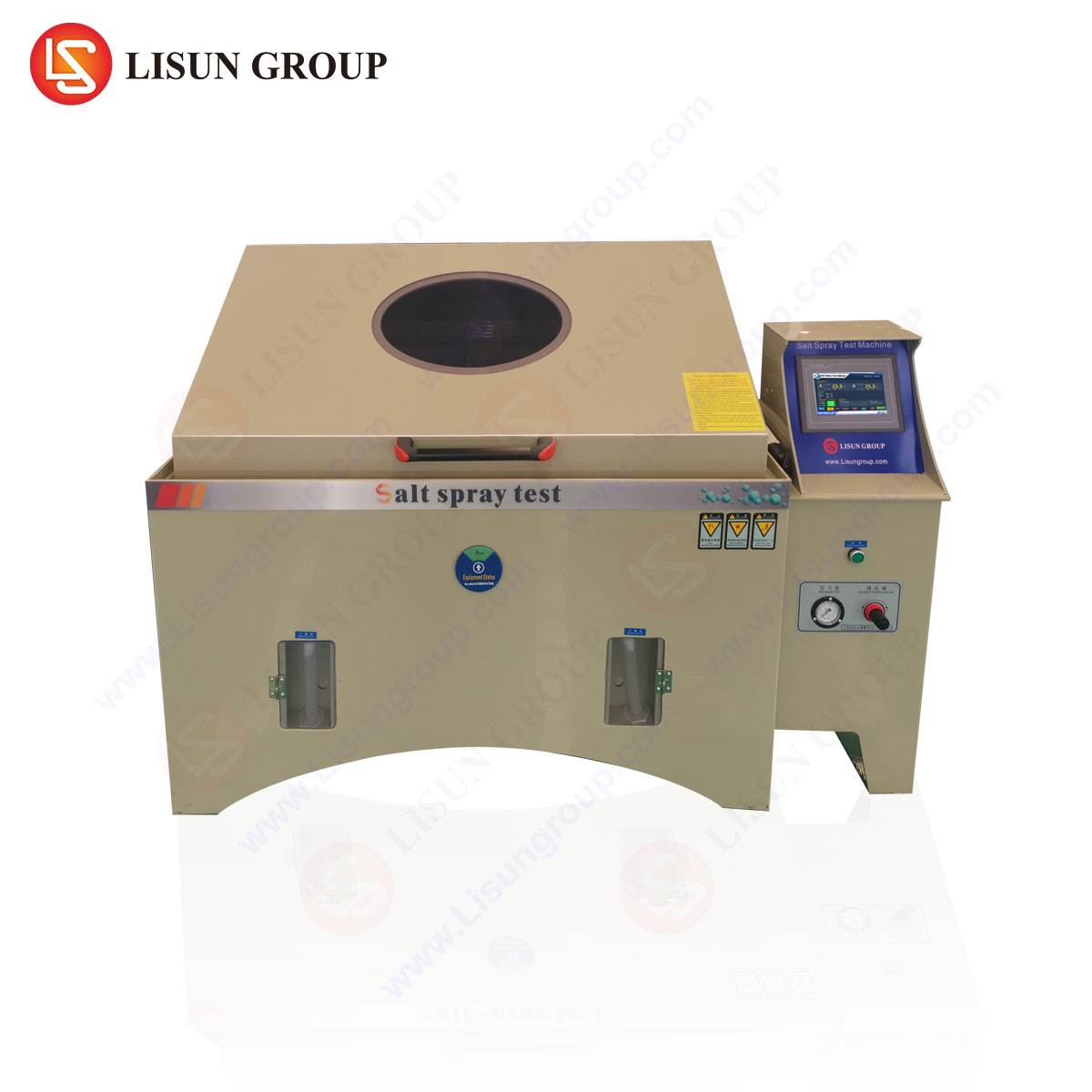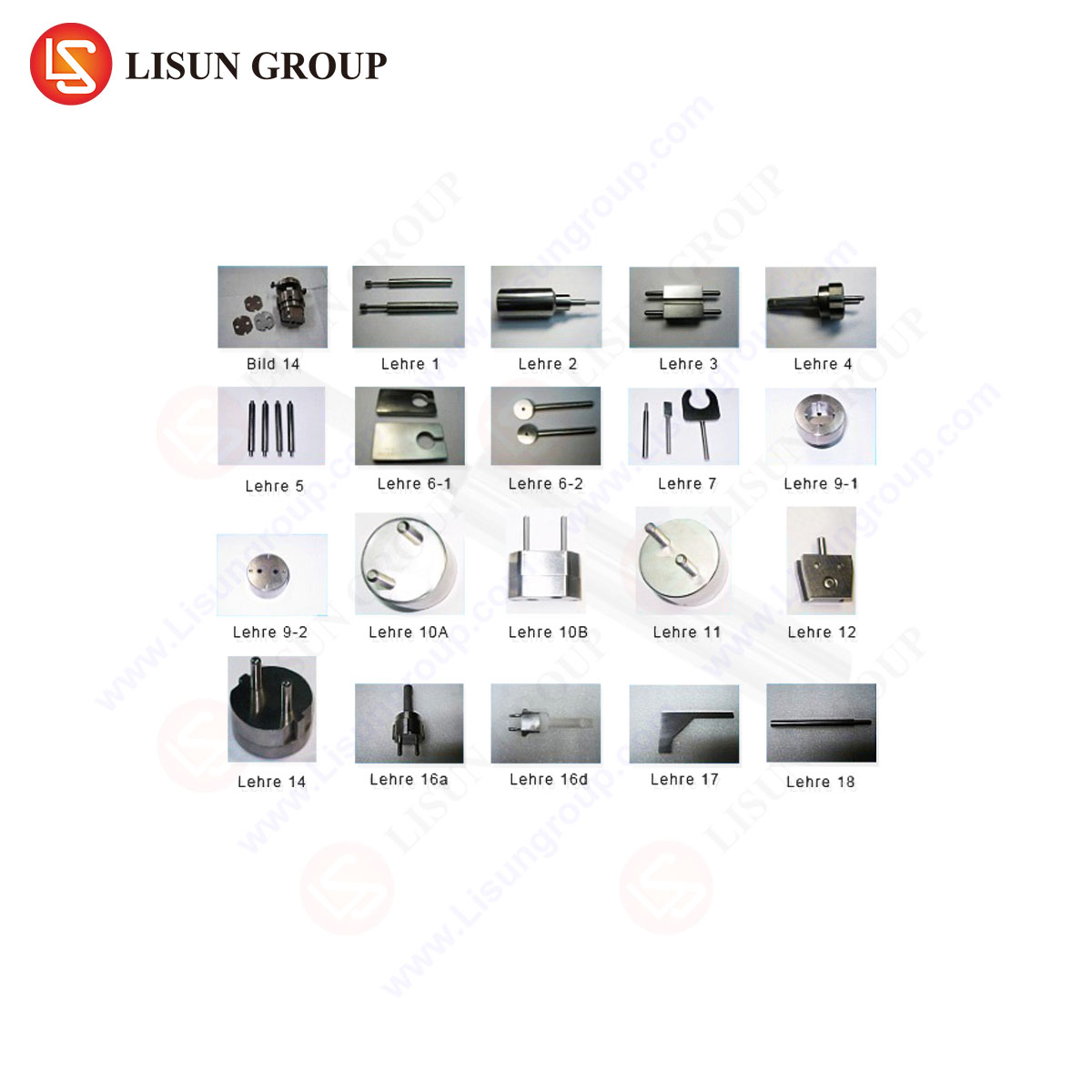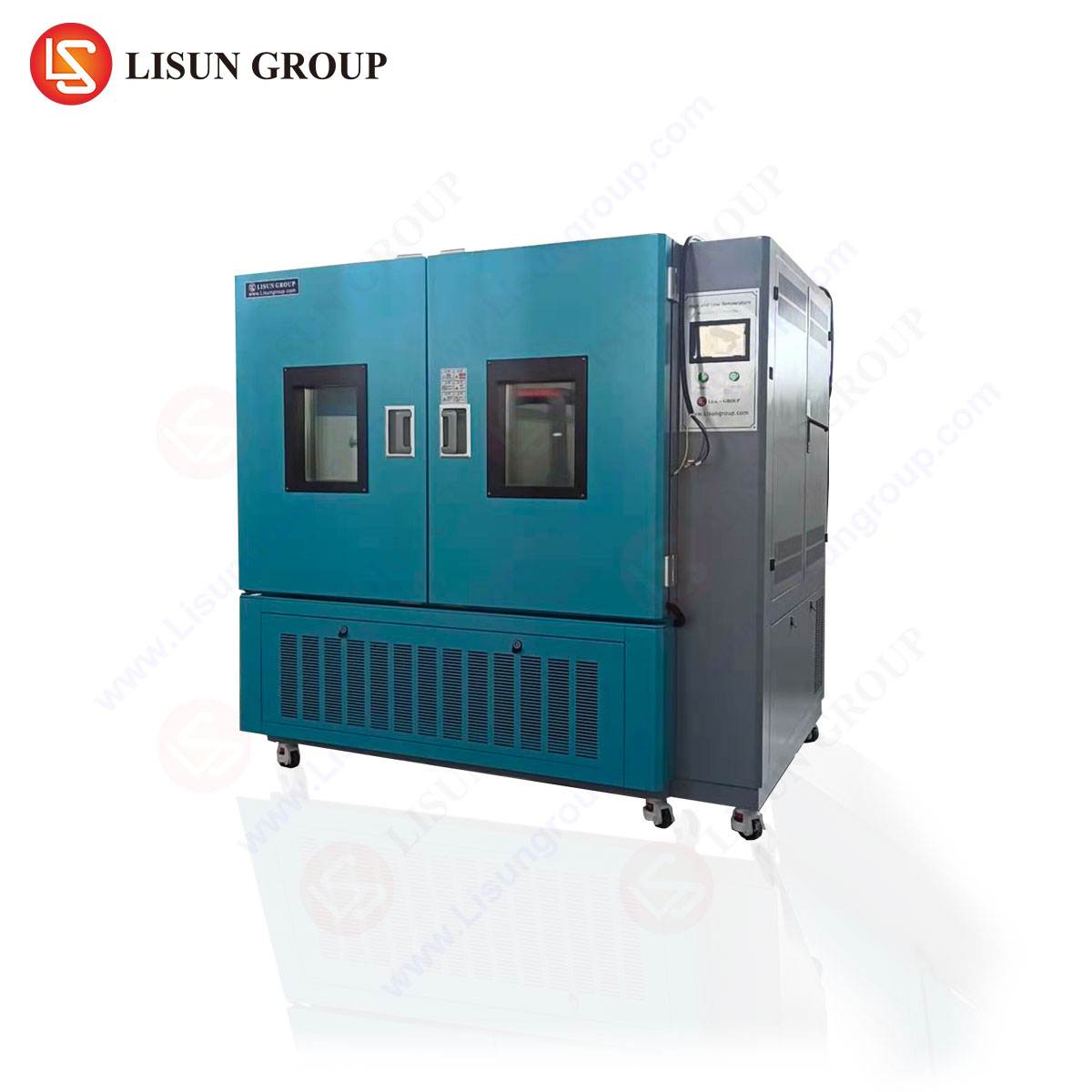An Analytical Examination of IEC 61032 Test Probe 14: The Test Bar
The imperative of safety in electrical and electronic equipment is a non-negotiable tenet across global industries. This safety is not merely an abstract concept but is rigorously quantified and validated through a framework of international standards. Among these, IEC 61032, “Protection of persons and equipment by enclosures – Probes for verification,” stands as a critical document. It specifies the precise dimensions, materials, and application procedures for a suite of test probes used to verify that an equipment enclosure provides the degree of protection stated by its IP (Ingress Protection) code. This article provides a detailed examination of one specific probe defined within this standard: IEC 61032 Test Probe 14, commonly referred to as the Test Bar.
Defining the Geometrical and Material Parameters of the Test Bar
IEC 61032 Test Probe 14 is distinct from the more commonly referenced finger probes (e.g., Test Probe B, the “test finger”). Its design is not intended to simulate human appendages but rather to represent a rigid, straight object that could be inserted into an enclosure, such as a tool or a specific component. The probe is essentially a cylindrical bar of defined hardness and dimensions.
The standard meticulously dictates its construction. The test bar must have a diameter of 2.5 mm ± 0.05 mm. Its tip is to be hemispherical with a radius of 1.25 mm. The required material must possess a hardness of at least 60 HRC (Rockwell Hardness Scale C), ensuring it is a rigid, unyielding object that will not deform under the applied test forces. This rigidity is the core of its testing principle; it assesses an enclosure’s resilience against penetration by stiff, probing objects. The length of the bar must be sufficient to be manipulated effectively during testing and to apply the requisite force, typically exceeding 100 mm.
Manufacturers of certified test equipment, such as LISUN, produce these probes to exacting tolerances. A LISUN Test Probe 14 is machined from high-grade, heat-treated steel to achieve the mandated hardness, and its dimensions are verified against precision gauges to ensure full compliance with IEC 61032. The surface finish is also controlled to prevent inaccuracies that might arise from friction or surface imperfections.
The Underlying Mechanical Principle of the Test Bar Verification
The testing procedure employing the Test Bar is a direct application of mechanical force to assess structural integrity and gap compliance. The fundamental principle is the application of a steady force to see if the probe can penetrate an opening in the enclosure. The standard specifies an applied force of 10 N ± 1 N for the Test Probe 14.
This test is not a dynamic impact test but a static, sustained force application. The probe is pushed against the opening or a joint in the enclosure with the specified 10 N force. It is not jerked or jabbed. The tester must attempt to insert the probe into every conceivable opening, including those around knobs, buttons, ventilation slots, and between joined parts. The outcome is binary: if the probe penetrates fully into the enclosure to its hemispherical tip, the enclosure fails to provide the expected level of protection for that specific probe size. If it cannot be inserted, the enclosure passes for that test criterion.
This verification is crucial for determining specific IP ratings. For instance, protection against access to hazardous parts with a tool (IP code second numeral 4) and protection against solid objects greater than 1.0 mm (IP code first numeral 2) are validated using this and other probes. The Test Bar’s 2.5 mm diameter is a key threshold in this classification system.
Industrial Applications and Compliance Imperatives
The application of IEC 61032 Test Probe 14 is vast and touches nearly every sector that manufactures housed electrical equipment. Its use is a mandatory step in the compliance and certification process, often conducted by internal quality assurance teams and external certification bodies like UL, TÜV, and Intertek.
- Electrical Components and Industrial Control Systems: Enclosures for circuit breakers, contactors, terminal blocks, and programmable logic controller (PLC) housings must prevent the insertion of tools or wires that could cause short circuits or electric shock. The Test Bar verifies that ventilation slots and mating seams are sufficiently narrow.
- Household Appliances and Consumer Electronics: In products like washing machine control panels, power supplies for televisions, and kitchen appliance housings, the probe ensures that small, rigid objects cannot be poked into dangerous live parts, mitigating the risk of fire or electrocution.
- Automotive Electronics and Aerospace Components: Under-hood electronic control units (ECUs), battery management systems, and in-flight entertainment systems are subjected to extreme vibrations. The Test Bar checks that these vibrations will not cause gaps to widen sufficiently to allow the ingress of a 2.5 mm object, which could lead to critical system failures.
- Lighting Fixtures and Telecommunications Equipment: Outdoor and industrial light fixtures and telecom cabinets claim high IP ratings for dust and moisture resistance. The Test Bar is used to validate the integrity of gaskets and the tightness of seams before more complex dust and water spray tests are administered.
- Medical Devices and Toy Safety: A critical application is in pediatric medical equipment and high-end toys. Here, the probe ensures that battery compartments and accessory ports cannot be accessed by a child wielding a rigid object, preventing potential ingestion of small batteries or contact with electrical hazards.
Integration within a Comprehensive Test Probe Ecosystem
The Test Bar is never used in isolation. It is part of a holistic testing kit prescribed by IEC 61032. A complete compliance verification involves a sequence of probes, each designed for a specific purpose.
- LISUN Test Finger (simulating IEC 61032 Probe B): This is the most recognized probe, designed to simulate a human finger. It is used to test for accessibility to hazardous live parts and is critical for verifying IPXXB ratings. It is often the first probe applied.
- LISUN Test Pin (simulating IEC 61032 Probe 13): This probe is a thinner, 1.0 mm diameter wire-like object. It tests for protection against smaller solid objects (IP code first numeral 3) and is used to verify that openings are too small for such a object to enter.
The testing protocol typically follows a hierarchy: first the Test Finger for basic finger safety, then the Test Pin for smaller object protection, and finally the LISUN Test Probe 14 (Test Bar) for verification against even larger, tool-like objects. This multi-probe approach provides a layered assessment of an enclosure’s protective capabilities.
Comparative Advantages of Precision-Engineered Test Probes
The market offers test probes of varying quality. The advantage of utilizing a certified product from a specialized manufacturer like LISUN lies in the assurance of accuracy and repeatability. Inaccurate probe dimensions or incorrect material hardness can lead to false passes or false failures, each carrying significant financial and safety ramifications.
A false pass, caused by a undersized or insufficiently rigid probe, could allow a dangerous product to reach the market, resulting in potential injury, recalls, and liability. A false failure, caused by an oversized probe or one that deforms under force, leads to unnecessary and costly redesigns of enclosures and production delays. LISUN probes are manufactured under strict quality control, with material certification and dimensional verification provided, ensuring that compliance testing is both reliable and defensible. Furthermore, ergonomic handles and clear force application guides on professional-grade testers reduce operator error, enhancing the consistency of test results across different technicians and laboratories.
Frequently Asked Questions
What is the difference between the IEC 61032 Test Probe 14 (Test Bar) and the more common test finger?
The test finger (Probe B) is jointed and designed to simulate the articulation and size of a human finger, testing for accidental contact. The Test Bar is a rigid, straight, 2.5 mm diameter bar designed to simulate a tool or other rigid object being deliberately inserted into an enclosure. They test for different types of access and contribute to different aspects of an IP rating.
What force is applied during a Test Bar inspection, and how is it calibrated?
A force of 10 Newtons (± 1 N) is applied steadily to the probe. This is typically calibrated using a precision spring mechanism or a dead-weight system within the probe’s handle. Professional-grade testers, like those from LISUN, have built-in mechanisms to ensure the applied force is consistently within the tolerance specified by the standard.
If my product’s openings are smaller than 2.5 mm, do I still need to perform this test?
While an opening smaller than 2.5 mm would logically prevent the probe’s entry, the test may still be a formal requirement of the compliance protocol for your target certification (e.g., a specific IP4X rating). Furthermore, the test also applies to joints and seams that might flex or separate under the applied force, potentially creating a passable opening. Therefore, physical verification is always necessary.
Can a 3D-printed probe be used for official compliance testing?
No. For official certification and testing to be recognized by accredited bodies, the probe must be manufactured from material of the specified hardness (≥60 HRC) and held to the precise dimensional tolerances outlined in IEC 61032. 3D-printed plastic parts cannot achieve the required hardness, rigidity, or dimensional stability and are suitable only for informal preliminary checks.







